Are Freshwater Pearls Real Pearls? The Ultimate Buying Guide

Freshwater pearls are one of the world's greatest inventions — and their beauty never fails to astound us. From their incredibly distinctive surface texture to their whimsical shapes and a wide variety of brilliant colors, freshwater pearls artfully capture the charming elegance of the sea.

However, freshwater pearls are beautiful — specifically, if they're the real deal. If you're thinking of buying freshwater pearl jewelry, it's essential you know how to ascertain if a freshwater pearl is real or fake. This guide will help you spot the distinction between real and fake pearls:
What are real pearls?
A real pearl is created by pearl-producing oysters native to regions of freshwater or saltwater. Conditional on whether their growth process is affected by human interference, these stunning gemstones are either cultured or natural. It's also essential to add that virtually all pearls on the market are currently cultured because natural pearls are incredibly scarce and not commercially feasible.

As already mentioned, most existing real pearls are either cultured or cultivated by introducing an irritant into an oyster's mollusk, followed by the mollusk producing concentric layers of nacre before forming a pearl. The brilliant luster produced by this nacre is the trademark of a real pearl.
What Are Freshwater Pearls
Freshwater pearls are cultured pearls cultivated in Hyriopsis umingi and Hyriopsis schlegeli oysters shells mainly in China and another lamellibranch mollusk found in lakes, shores, and pounds in Japan, together with the southeastern region of America. Most freshwater pearl information sources describe numerous regions of the globe as hubs for freshwater pearl-producing oysters. However, the world's freshwater pearl industry is fiercely controlled by Chinese-based pearl farms, responsible for almost every freshwater pearl in the market.
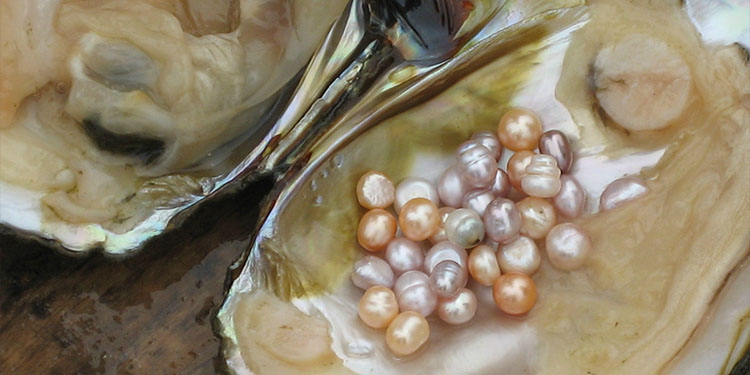
The freshwater pearl mussels can produce 25 pearls on each side of their shells – accounting for up to a production rate of 50 pearls per cycle( however, the present product restricts each mussel to 24-32 pearls…that makes annual freshwater pearl harvest volume plentiful.
Finally, Freshwater Pearls are renowned for their versatility, affordability, and persistence, making them an excellent buying option for those new to the world of pearls and even experienced buyers.
How Are Freshwater Pearls Made?
The freshwater pearl is produced by the Hyriopsis mussels commonly found in China. Freshwater pearl is created within the mussel as soon as an irritant, such as a rock or sand, is introduced — the wheel of the mussels automatically grows to protect itself by creating concentric layers or nacres that envelop this irritant and thereby producing a gorgeous pearl.
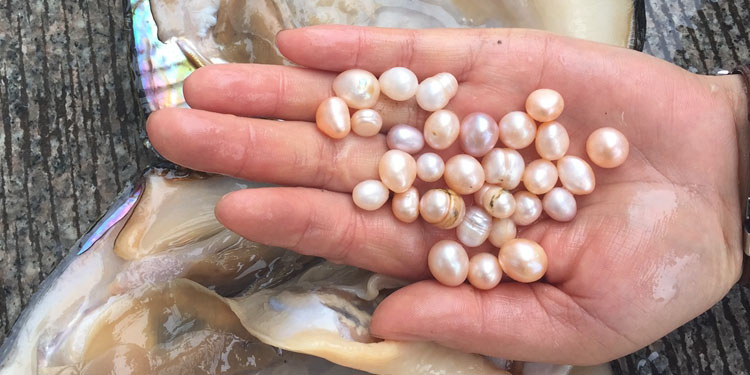
During the early days of the freshwater pearl culture, the non-nucleated natural, often round pearls were the headliners of the budding freshwater pearl industry. However, as their population dwindled, the Chinese tried various techniques to self-nucleate older mussels.
Freshwater pearls, however, are cultured using a surgical procedure that involves introducing a foreign material into an oyster. The introduced material stimulates an irritation, which forces the oyster to secrete concentric layers of nacre in defense. This simple yet slow-acting process (which takes about two years) produces the pearl.
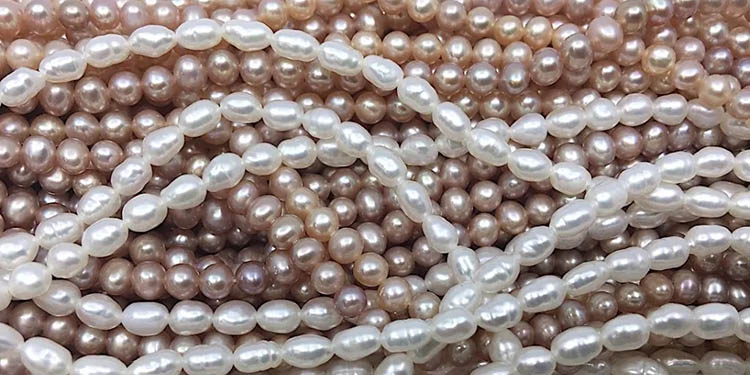
That's not all; within the mussel, the tissue square decays as the pearls form, covering the irritant. This implies that freshwater pearls produce a sturdy nacre, identical to a natural pearl. Freshwater pearls are the closest buyers can get to natural pearls. However, because of their abundance, Pearls take around two to three years to mature before being harvested in a stunning rainbow of hues, including natural pinks, peaches, lavenders, and whites.
Today, some significant pearl farming firms have been focusing on creating novel growing methods. They are making great strides in bringing new, uncommon, and beautiful pearl kinds to market, such as prominent Edison pearls, Soufflés, Fireballs, Ripples, and others.
Critical Differences Between Freshwater Pearls And Seawater Pearls
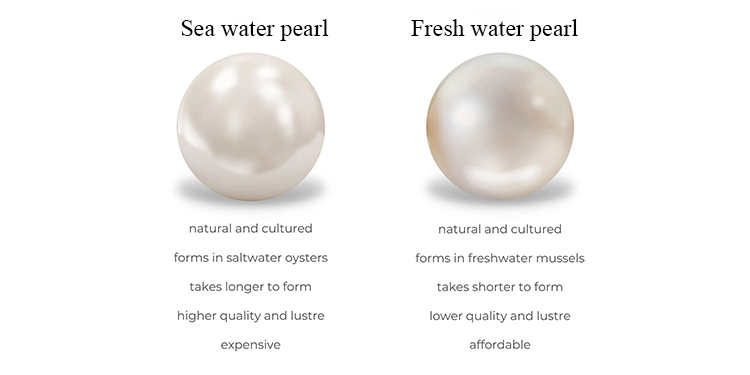
● Freshwater pearls are grown in oysters found in freshwater bodies such as lakes and rivers. Saltwater pearls are grown in oysters found in seawater bodies like the oceans and seas.
● Freshwater pearls are tissue nucleated – so they don't contain beads and are 100% made up of nacre. Whereas Saltwater Pearls are bead nucleated and therefore have a thinner nacre. But because of this, saltwater pearls have greater luster.
● Due to their rarity, saltwater pearls are more costly than freshwater pearls
What colors, shapes, and sizes are available?
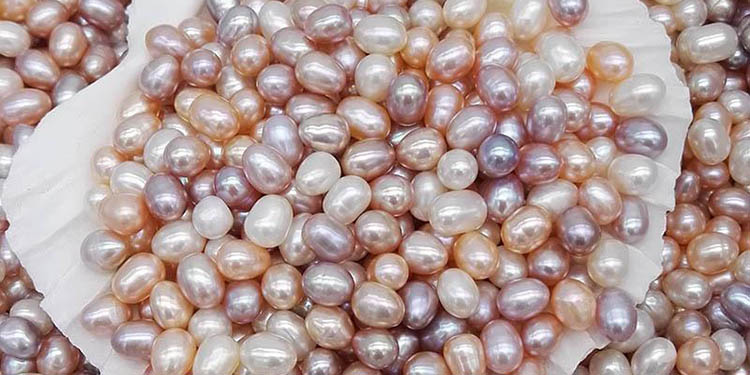
Since freshwater pearls exist in a wide variety of colors, sizes, and shapes that most other pearls, they dominate the designer pearl jewelry industry. Besides their typical white shade, freshwater pearls also exist in natural light-toned colors, including pink, purple, and every color.
By now, it should be clear that freshwater pearls are mainly found in baroque and oval shapes. Perfectly round shapes are incredibly rare, make up a tiny portion of freshwater pearls at production, and are more valuable and highly sought after.
Meanwhile, compared to other pearl types, Freshwater Pearls are average-sized and adaptable to any dressing style. Sizes typically range from 1.0-2.0mm in diameter up to 9.00-9.5mm, while the most popular sizes among buyers are around 7.0 - 8.0 mm.
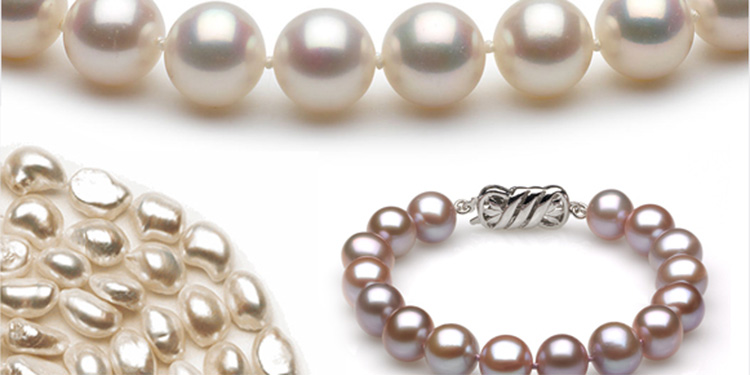
Sizes generally range from 2.0 – 3.0 mm up through 11.0 – 12.0 mm, and as mentioned earlier, in some cases, even more extensive.
How To Tell If A Freshwater Pearl Is Real
Now you know what real, fake, and freshwater pearls are, let's scan through some practical and straightforward techniques you can employ to tell if your freshwater pearl is real.
Size and Symmetry
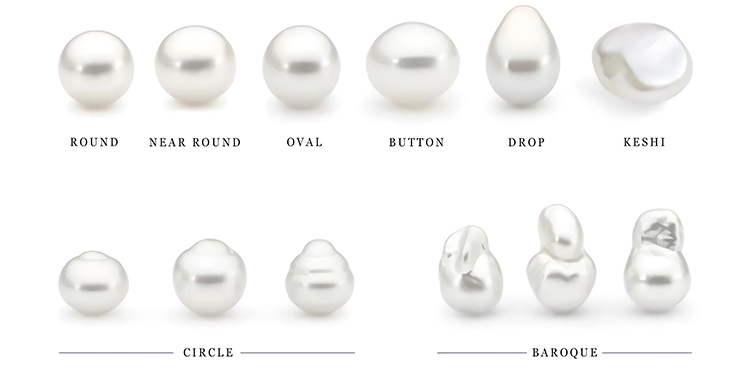
Since calibrated machines produce fake pearls, they will all come out identical, while real pearls will have subtle differences in symmetry and size. Since real pearls are produced in nature, a few blemishes here and there are expected. Although the most valuable and highly sought-after pearls only have minor blemishes, they may be hard to discover by the ordinary buyer.
Weight

Next, you must grab the pearls in your hand to gauge their weight. Fake pearls are usually lightweight; therefore, the weight on your hands should be very light relative to their size. However, real pearls should feel weightier than anticipated.
The Tooth Test
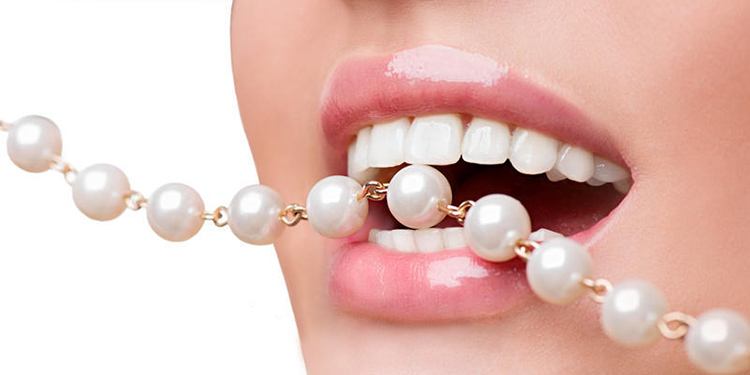
Gently rub the pearls against the biting part of your teeth. Do they feel smooth and soft? They may be fake. This is the ultimate test typically used to identify fake vs. real pearls. Real pearls should feel gritty and rough when rubbed against the teeth. There's also an option of rubbing two pearls among themselves; the real ones should feel gritty and rough.
Temperature
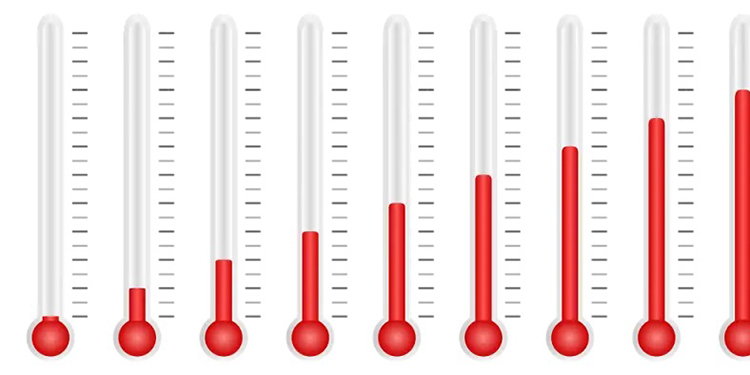
Since real pearls are harvested from the bottom of the seas and ocean and are fully organic, they should retain a lower temperature, irrespective of the weather. Whereas, as expected, the large bulk of fake pearls will most definitely feel warmer and remain at room temperature at all times. On the other hand, real pearls may initially feel chilly but will adapt to your body temperature once worn. Some very high-quality glass imitation pearls on the market may mimic the thermic qualities of genuine pearls.
Inspect the drill holes
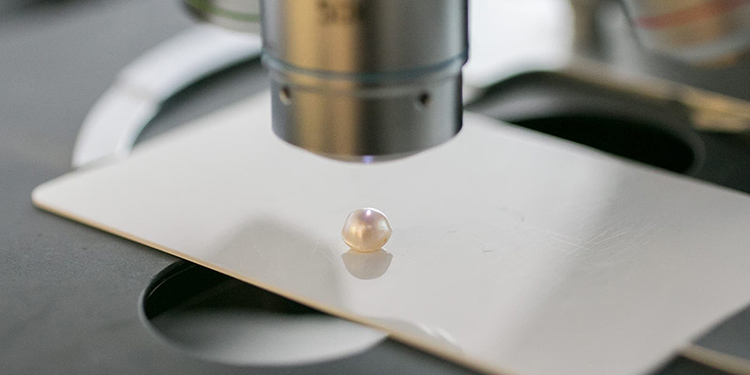
Real pearl drill holes are often relatively tiny; however, fake pearl drill holes are frequently bigger. Under magnification, the coating surrounding the drill holes of artificial pearls is often thin and lustrous. Flakes or damaged coating surrounding drill holes are standard and will ultimately peel off.
How Much Are Freshwater Pearl Jewelries Worth
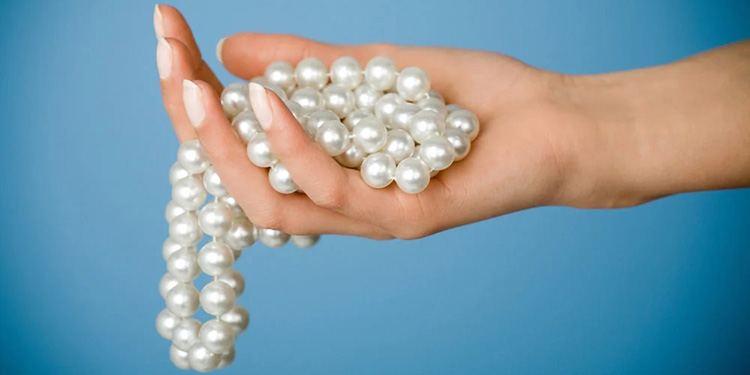
The value of freshwater pearls is determined by their quality, weight, color, shape, surface, size, and luster. Depending on these criteria, these may range in value from $50 to $2000. These pearls are well known for their low cost. The following are the average prices of different types of pearl jewelry:
● Freshwater Pearl Necklaces: $250 - $5,000+
● Freshwater Pearl Earrings: $99 - $500+
● Freshwater Pearl Bracelets: $139 - $600+
● Freshwater Pearl Jewelry Sets: $499 - $2,000+
● Freshwater Pearl Rings: $550 - $1,500
Freshwater pearl grading guide
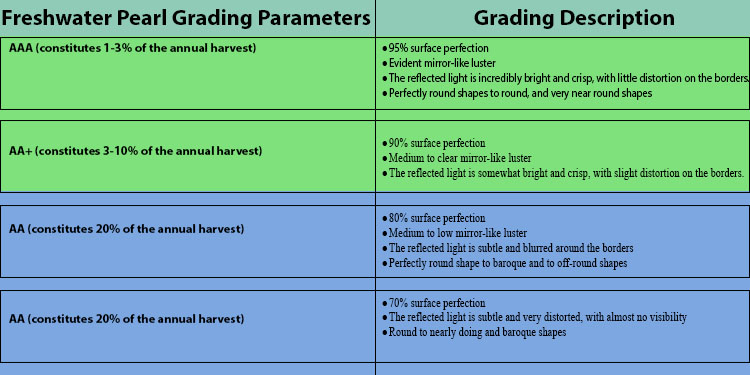
How to Care For Real Freshwater Pearl Jewelry
The key to keeping the brilliance of your pearls is to learn how to care for them. Pearls can be damaged by harsh chemicals in cosmetics, cleaning goods, and hair styling tools, so it's better to keep them before using them. Pearls are also susceptible to the toxins present in sweat. To avoid damage, clean off your pearls after wearing them for the day with a gentle cloth.

Another fantastic approach to keep your pearl necklaces and bracelets appearing their best is to have them expertly restrung regularly, depending on how often you use them. When you restring your pearls, you ensure that the knots are new, secure, and won't tear.
Finally, instead of hanging your necklaces on a hanger, place them flat in your jewelry box; this will prevent the silk knotting from stretching out between the pearls. The pearl's surface can be easily scratched by other jewelry, so keep it away from anything with sharp metal parts.
Final thoughts
Buy freshwater pearls if you're new to the world of pearls, want to gift a pearl necklace to a younger lady, or you'd like a pearl that you can wear at all times. Freshwater pearls' inexpensive pricing and range of hues enable pearl collectors worldwide to try new themes, pearl design styles, and unique designs without spending much money.


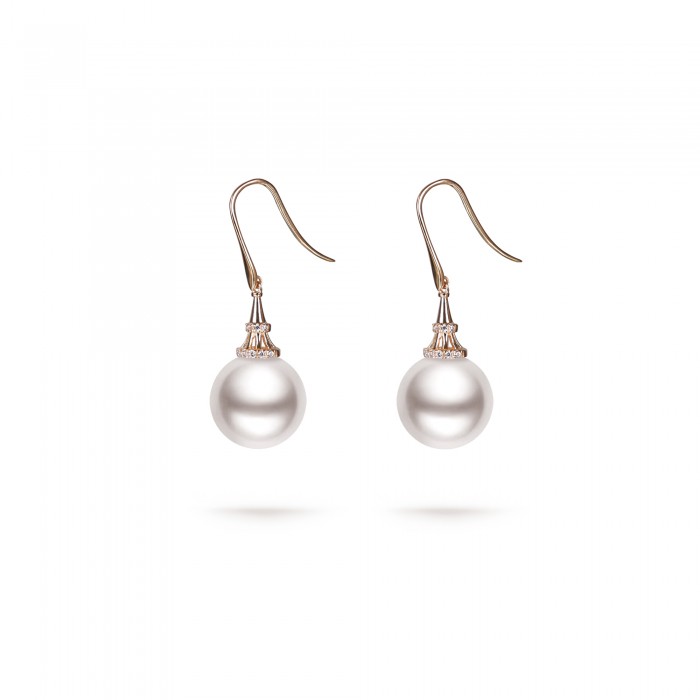
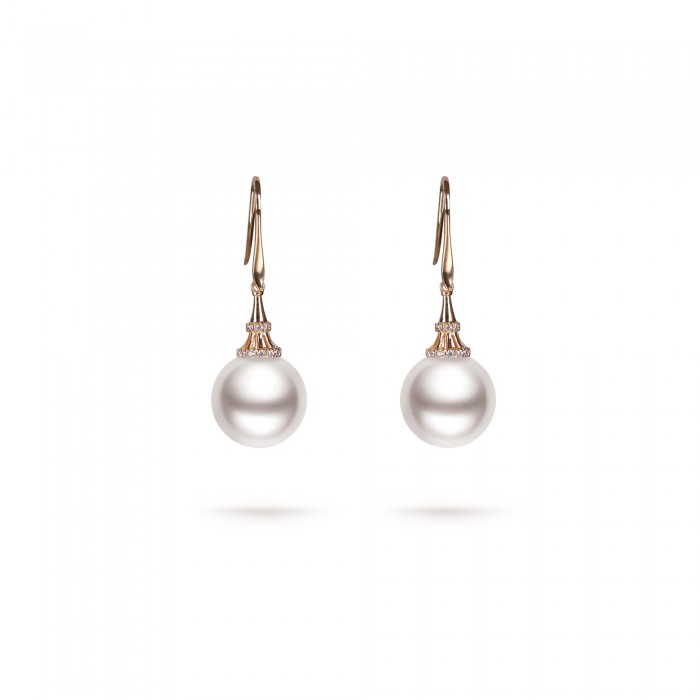
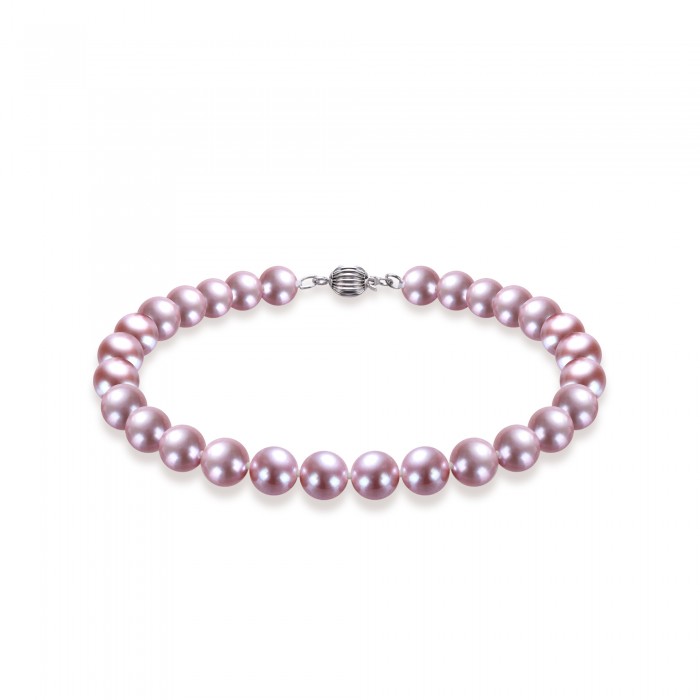
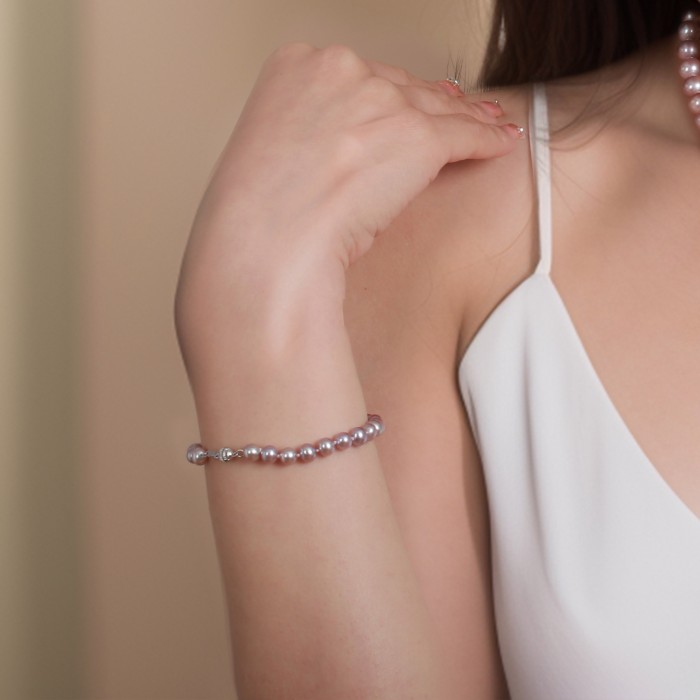
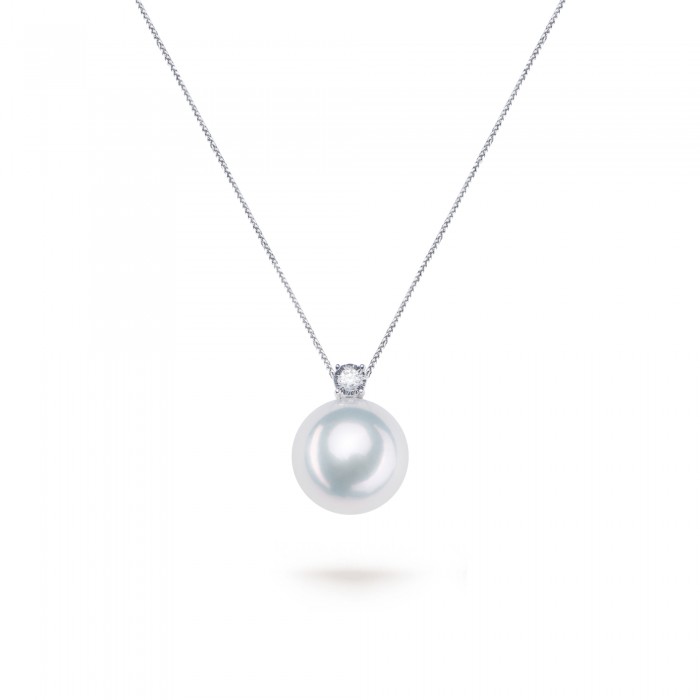
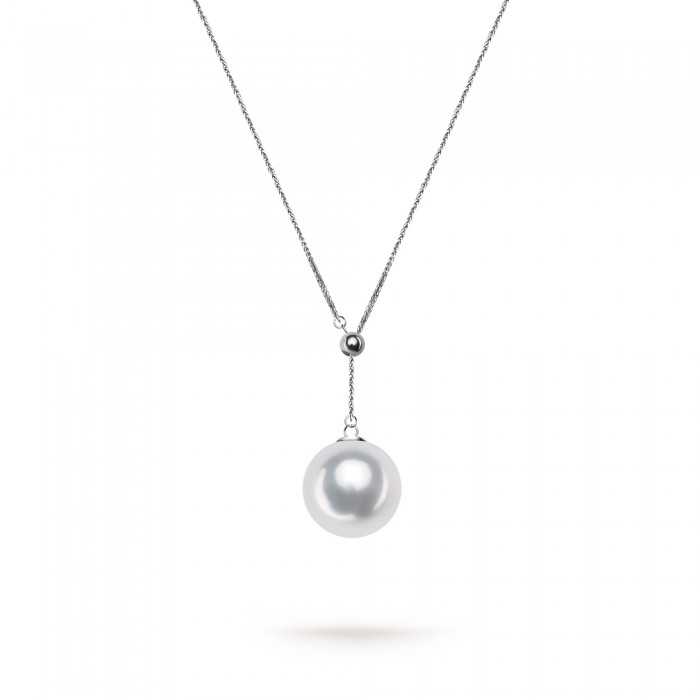
Leave a Comment